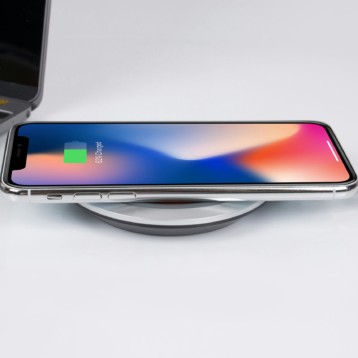The French company Xtenex has developed an innovative new shoelace which redefines the act of lacing. The new lace offers a faster and easier way to wear shoes, and it can perfectly match its wearer’s feet, thanks to the unique elastic material used. Professional athletes as well as amateur runners could benefit from the Xtenex features.
According to its maker, the Xtenex shoelace uses unique patented self-blocking knots, which allow the adjustment of tension between each set of eyelets. Therefore, it is possible to create lace tension that will exactly fit the mould of one’s foot. Moreover, each time the shoe is worn this tension can be replicated easily thanks to the simple operations required for lacing.
The wearer needs to thread the lace tip through the eyelet (the knots are removed by stretching the lace on both sides of the eyelet); gentle releasing of the lace makes the knots reappear, thus tying one interval of the lace between two eyelets. Repetition of these actions eventually laces the whole shoe, as seen in this YouTube video.
The Xtenex shoelace could solve a typical phenomenon runners encounter during practice: the need to renew the knots once in a while, due to laces’ loosening. Using this new shoelace, such nuisances are eliminated, since tension is kept constantly. Using the Xtenex also means that you will never need to worry about your shoelace opening in the middle of a run, something which many runners find annoying and can even lead to injury.
The Xtenex shoelaces are offered in various colors and are priced from $10-$16 (depending on the store), which puts it significantly higher than most (if not all) existing shoelaces on the market.
TFOT had a chance to try the Xtenex for several weeks together with the Saucony Pro Grid Hurricane 10 running shoes. “Tying” the shoelaces for the first time was a bit of a snag (something which could be done much more easily with the help of another person) but on the bright side this task should only be preformed once. The main problem with the shoelaces in our case was the difficulty in adjusting the level of pressure. No matter how much we played with them (making them tighter or looser) we ended up feeling uncomfortable (either too much pressure was put on our feet or the shoe felt too loose). After a few weeks we decided to go back to ordinary shoelaces which tend to open but are easier to handle in terms of their ability to hold the foot with just the right pressure. Although our personal experience with the Xtenex wasn’t exactly amazing, it’s possible that runners with different shoes and different feet will have better results with these innovative shoelaces.
TFOT has also covered a line of sneakers called “A Step in the Right Direction, “which detect Wi-Fi internet hot-spots, the Xplorer GPS smart shoe, which tracks the wearer’s location and provides a history of their movement, and the vibrating shoes developed by Dr. Richard D. Koenig, a podiatrist from St Louis. Another related TFOT story is the Nike+ Sportband, a new wristband for athletes that collects information during any athletic activity for later analysis.
For more information about the Xtenex shoelaces, see the product’s website.










